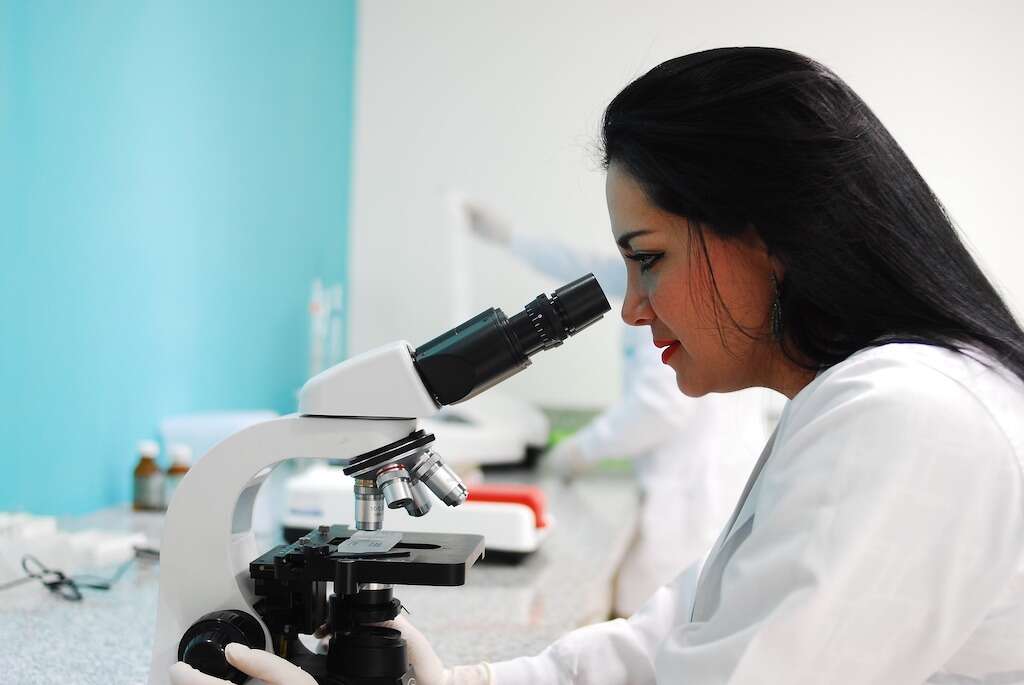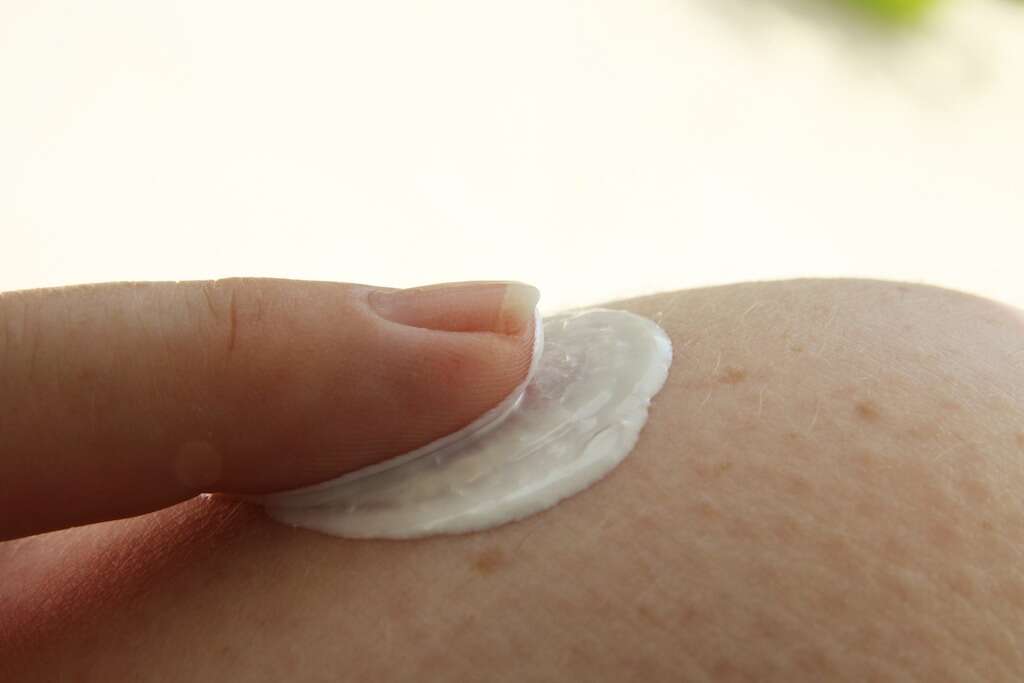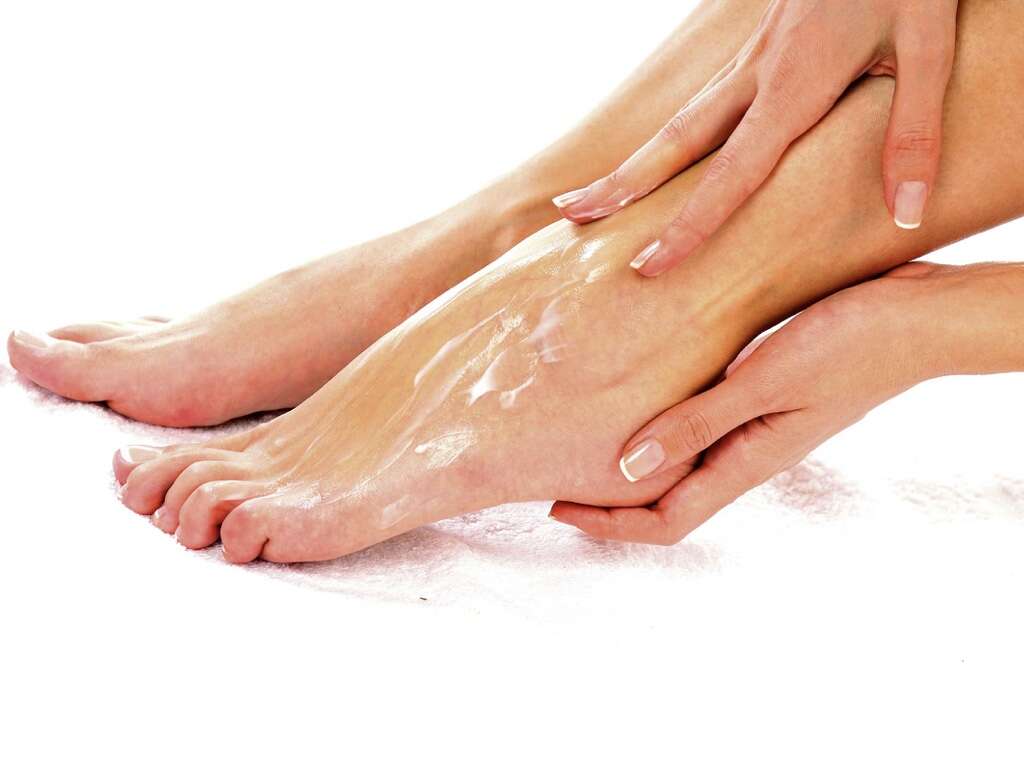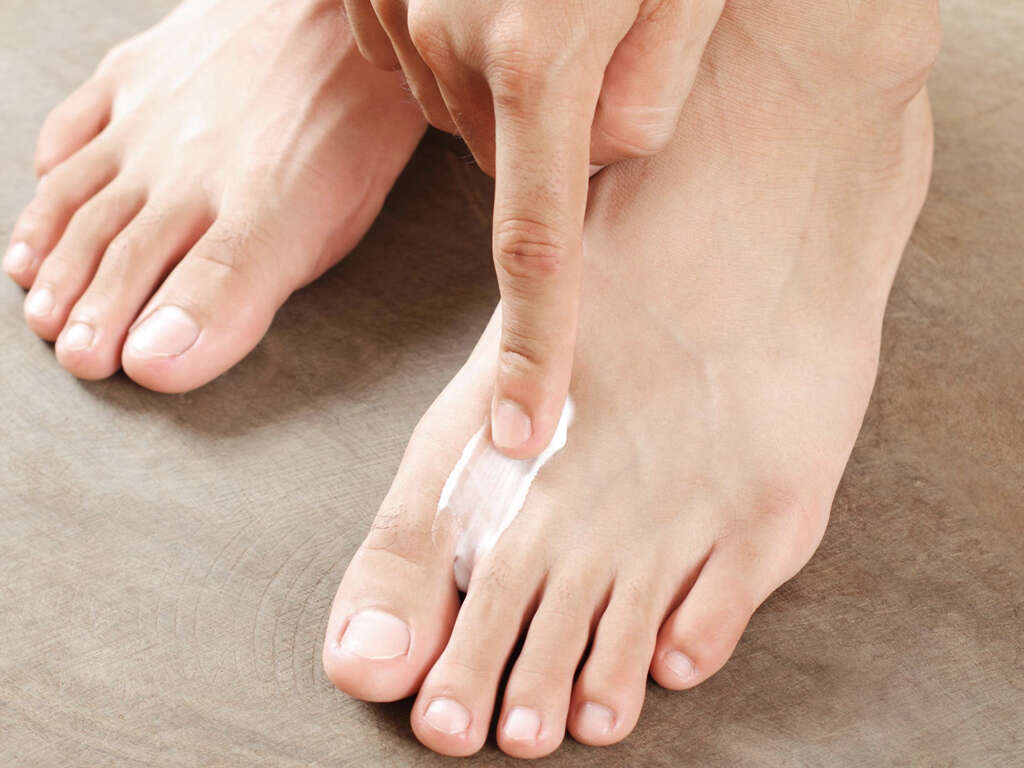Ringworm Symptoms, Treatments & More
 Article Sources
Article Sources
- 1. 'Ringworm.' Centers for Disease Control and Prevention, Centers for Disease Control and Prevention, 29 Dec. 2020, www.cdc.gov/fungal/diseases/ringworm/.
- 2. 'Stay Healthy at Animal Exhibits.' Centers for Disease Control and Prevention, Centers for Disease Control and Prevention, 11 June 2019, www.cdc.gov/healthypets/specific-groups/stay-healthy-animal-exhibits.html.
- 3. 'Ringworm.' Centers for Disease Control and Prevention, Centers for Disease Control and Prevention, 29 Dec. 2020, www.cdc.gov/fungal/diseases/ringworm/.
- 4. 'Ringworm (Scalp).' Mayo Clinic, Mayo Foundation for Medical Education and Research, 7 Mar. 2018, www.mayoclinic.org/diseases-conditions/ringworm-scalp/symptoms-causes/syc-20354918.
- 5. 'Ringworm (Body).' Mayo Clinic, Mayo Foundation for Medical Education and Research, 13 Sept. 2019, www.mayoclinic.org/diseases-conditions/ringworm-body/symptoms-causes/syc-20353780.
Ringworm is a very common infection of the skin or nails caused by a fungus, not a worm. The condition is called ringworm because it usually appears as a red, itchy circular rash shaped like a ring.
Ringworm is medically known as tinea or dermatophytosis. Many different types of ringworm are named for the areas of the body that they affect. For example, many people are familiar with tinea pedis, more commonly called athlete’s foot. Because ringworm spreads easily from one person to another, it’s important to recognize the symptoms and seek early treatment.
1. Ringworm of the Body
About 40 different species of fungi can cause ringworm. Symptoms typically appear four to 14 days after contact with the skin and vary by location on the body.1‘Ringworm.’ Centers for Disease Control and Prevention, Centers for Disease Control and Prevention, 29 Dec. 2020, www.cdc.gov/fungal/diseases/ringworm/. Because fungus thrives in warm, moist areas, the feet are commonly affected.
Ringworm associated with athlete’s feet can produce red, cracked skin between the toes, stinging pain and blisters that ooze or crust. The toenails may also become thick, discolored and crumbly. Another common type of ringworm of the body affects the beard. In this case, itchy, scaly red spots appear on the cheeks, chin and neck, and facial hair may fall out.
2. Jock Itch
Jock itch occurs when ringworm fungus grows and spreads in the area of the groin, particularly the skin folds of the upper thigh. It may also spread on the buttocks or near the anus and cause itching and discomfort.
Jock itch mostly affects adult men and teenage boys. Symptoms include red, raised, scaly patches on the groin that itch, blister or ooze. This type of ringworm can be triggered by prolonged exposure to moisture and sweat or friction from clothes.

3. Ringworm of the Scalp
Ringworm of the scalp, which is also called tinea capitis, most commonly affects toddlers and school-age children. While symptoms may vary, ringworm on the scalp usually presents as itchy, scaly bald patches.
Other signs to look for include painful gray or red areas on the scalp or patches that slowly get larger. The hair can also become fragile or brittle and easily pull out or break off just above the scalp.
4. How Ringworm Spreads
Ringworm, which is caused by a common fungus, is highly contagious even before symptoms are visible. It can be spread from one person to another in a number of different ways, including through direct skin-to-skin contact.
Ringworm can also be spread from objects that an infected person has touched, including towels, bed linens, hair brushes, sports gear, and shower and pool surfaces. In much rarer cases, ringworm can spread to humans through prolonged contact with infected soil.

5. Ringworm and Animals
Ringworm can also be transmitted to humans from animals, particularly kittens and puppies. Pets that have circular hairless patches or irregularly shaped areas of scaly redness should be seen by a veterinarian.
Ringworm is also fairly common in cows, goats, pigs, horses and lambs. The CDC recommends that children under the age of 5, adults over 65 and people with weakened immune systems be extra careful to wash hands and avoid contact with animals in public settings such as petting zoos.2‘Stay Healthy at Animal Exhibits.’ Centers for Disease Control and Prevention, Centers for Disease Control and Prevention, 11 June 2019, www.cdc.gov/healthypets/specific-groups/stay-healthy-animal-exhibits.html.
6. Ringworm Diagnosis
A doctor or vet visit should be scheduled as soon as any symptoms of ringworm appear. This can help prevent the spread to other family members. In most cases, doctors can diagnose the condition with a visual examination.
Sometimes a sample of hair or skin may be taken for a lab culture or further examination under a microscope. This helps doctors confirm the presence of ringworm fungus. If left untreated, ringworm can cause the skin to blister, crack and become infected with other microbes.

7. Treatment for Ringworm
For ringworm of the scalp, doctors commonly prescribe oral medications such as griseofulvin and terbinafine. Children may need to take these medications for six weeks or more. Doctors might also recommend a medicated shampoo to help remove fungus spores and prevent the spread of infection to others.
Depending on location and severity, ringworm of the body can often be treated at home with over-the-counter antifungal medications such as Lotrimin, Desenex and Lamisil. These are applied directly to the skin for two to four weeks.3‘Ringworm.’ Centers for Disease Control and Prevention, Centers for Disease Control and Prevention, 29 Dec. 2020, www.cdc.gov/fungal/diseases/ringworm/.
8. Complications of Ringworm
In general, ringworm is not serious, and it very rarely penetrates below the skin. Even though the rash may clear up soon after starting treatment, it’s important to continue using medications for as long as directed to keep the infection from returning.
If ringworm does not get better or frequently returns, longer-term prescription antifungal medications may be needed. Potential but rare complications include scarring, nail deformities and permanent hair loss.4‘Ringworm (Scalp).’ Mayo Clinic, Mayo Foundation for Medical Education and Research, 7 Mar. 2018, www.mayoclinic.org/diseases-conditions/ringworm-scalp/symptoms-causes/syc-20354918.

9. Risk Factors for Ringworm
Ringworm is common, and anybody can get it. However, people with weakened immune systems are at higher risk and may have more trouble fighting off the infection. This includes individuals with HIV/AIDS, people undergoing cancer treatment and anyone who takes immunosuppressive medications.5‘Ringworm (Body).’ Mayo Clinic, Mayo Foundation for Medical Education and Research, 13 Sept. 2019, www.mayoclinic.org/diseases-conditions/ringworm-body/symptoms-causes/syc-20353780.
Athletes are also at higher risk for ringworm, especially those who participate in contact sports or use public locker rooms and showers. Outbreaks of ringworm are common at schools and day care centers where children are easily exposed through close contact.
10. Tips for Prevention
Following some simple do’s and don’ts can help prevent the spread of ringworm and other contagious, itchy rashes. Do keep skin clean and dry, do change socks and underwear every day and do wash hands after touching animals.
Don’t walk barefoot in public areas, and avoid sharing personal items such as clothing, hairbrushes and hats. Athletes should not share sports gear with other players. Finally, don’t wear tight clothing or shoes for long periods of time, especially in warm, humid environments.








